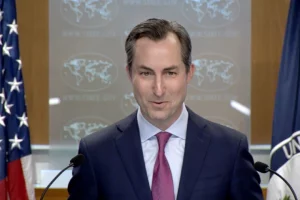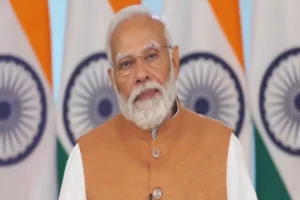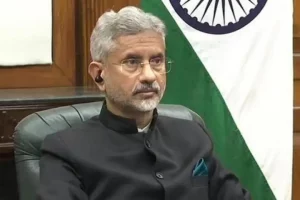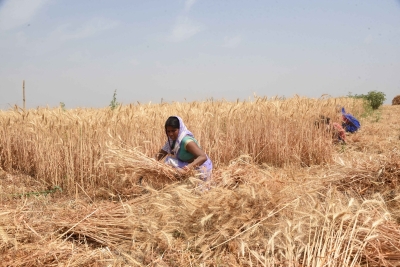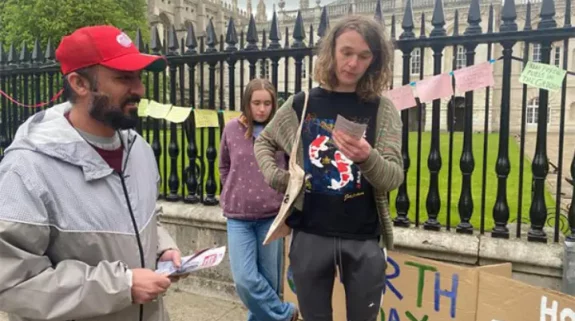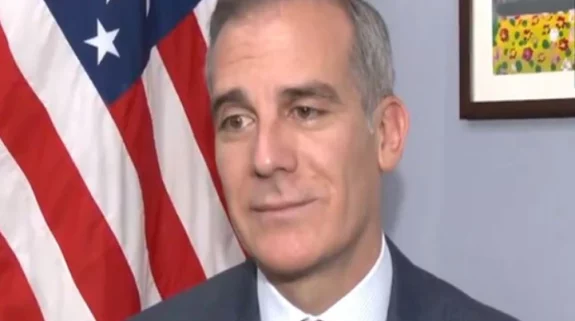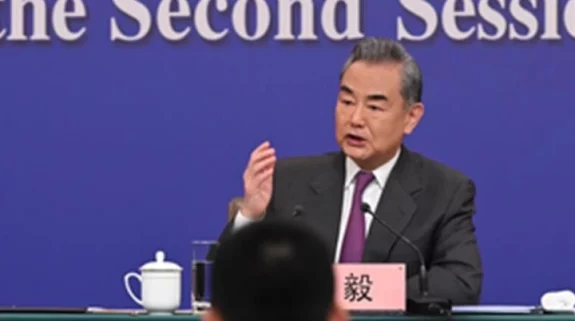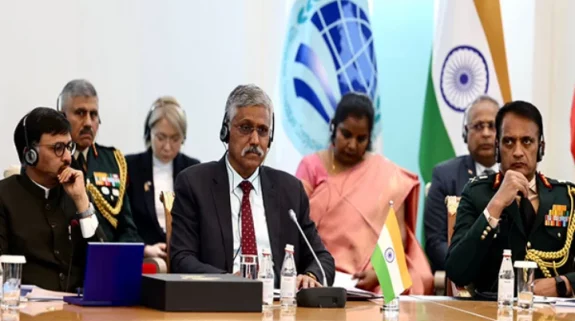The multiple government schemes targeted at the country’s poor have reached the beneficiaries without any discrimination. In certain cases the minority community has gained more than others, the Economic Advisory Council to the Prime Minister said in a report which focused on the bottom 20 per cent of the households.
The report — ‘A Secular Democracy in Practice: Objective Assessment of Amenities Programs in India,’ authored by Shamika Ravi, Member, EAC-PM also noted that “quantifying” democratic process, analysing whether it is strengthening or weakening is a challenging task.
“Such a critical exercise cannot be based on a survey of perceptions of a small non-representative sample of elite opinion makers. If such an exercise is deemed necessary, it must be based on a representative sample of the underlying population,” Ravi noted.
The report said that there is no evidence suggesting that the government catered only to the majority community or discriminated in delivering the benefits.
The EAC report, based on a nationally representative sample of more than 1.2 million households across 2015-16 and 2019-21, however underlined the need to uplift the country’s poorest 20 per cent.
“This bottom 20 per cent includes people from all communities across geography..there is a false narrative being built that minorities are being left out. The research agencies and global think tanks must take hard data into account,” Sanjeev Sanyal, Member EAC-PM told India Narrative. He added that these think tanks need to significantly broaden their sample sizes.
According to Sajjan Kumar, political analyst and psephologist who has widely travelled through the interiors of the country, the fair distribution of the social benefit schemes helped India in its post Covid economic phase. “It has also helped the BJP retain power in states such as Uttar Pradesh and Gujarat,” he said.
Earlier, the State Bank of India in its Ecowrap said that higher procurement of rice and wheat especially in “relatively laggard” states such as Assam, Bihar, Chhattisgarh, Jharkhand, Madhya Pradesh, Odisha, Uttar Pradesh, Uttarakhand and West Bengal helped in bridging the inequality gap.
A higher procurement has not only benefited the poorest of the poor in terms of subsequent free distribution of food grains but it may have also put money into the hands of smaller and marginal farmers, with distributional impact. “This also shows that the procurement of cereals by the government over time may have become more efficient across states,” the SBI’s Ecowrap said.
It also said that the Centre’s direct transfer of payments has added Rs 75,000 to a household per annum.
Also read: India lower than Pakistan, Sri Lanka on Happiness Index: Is it believable?







